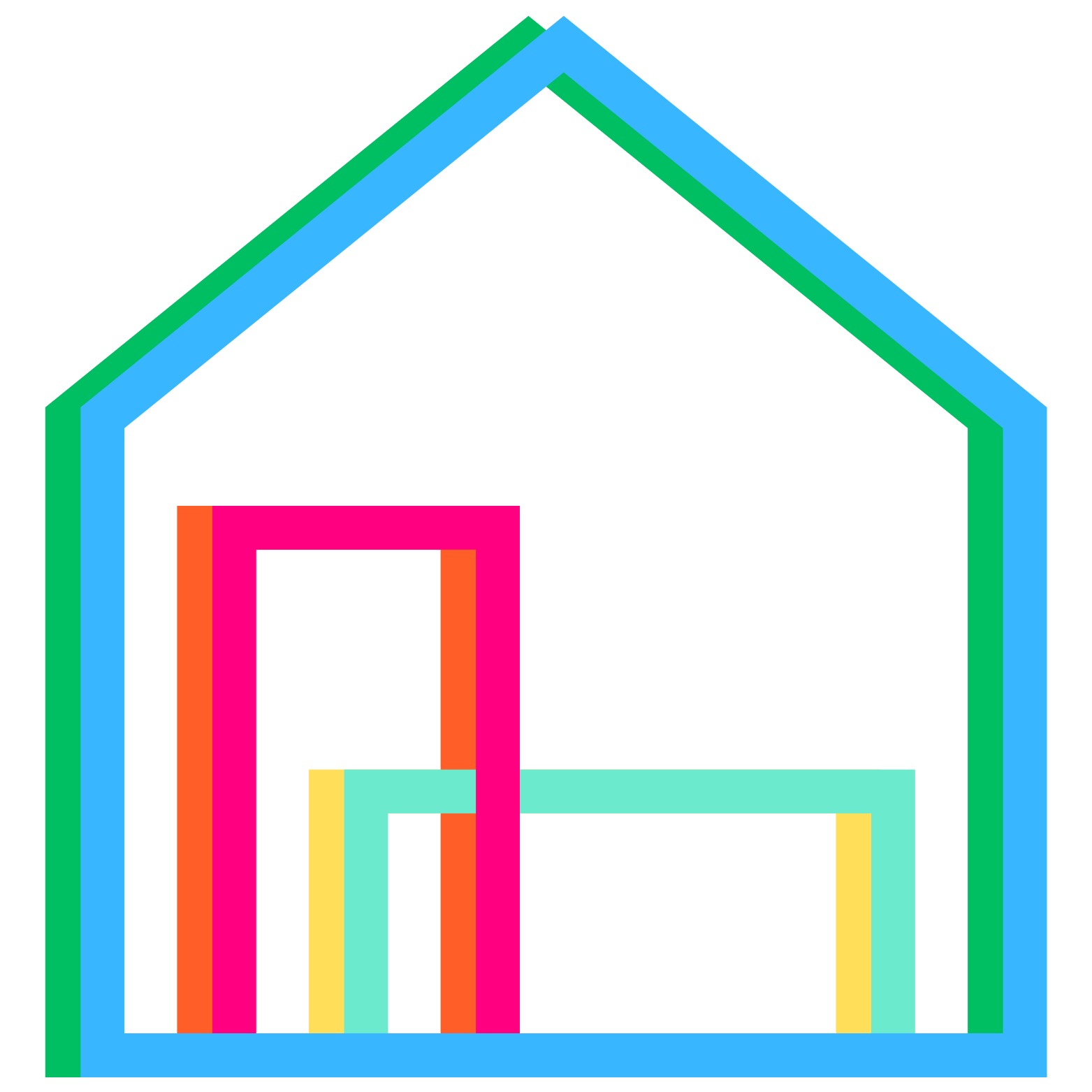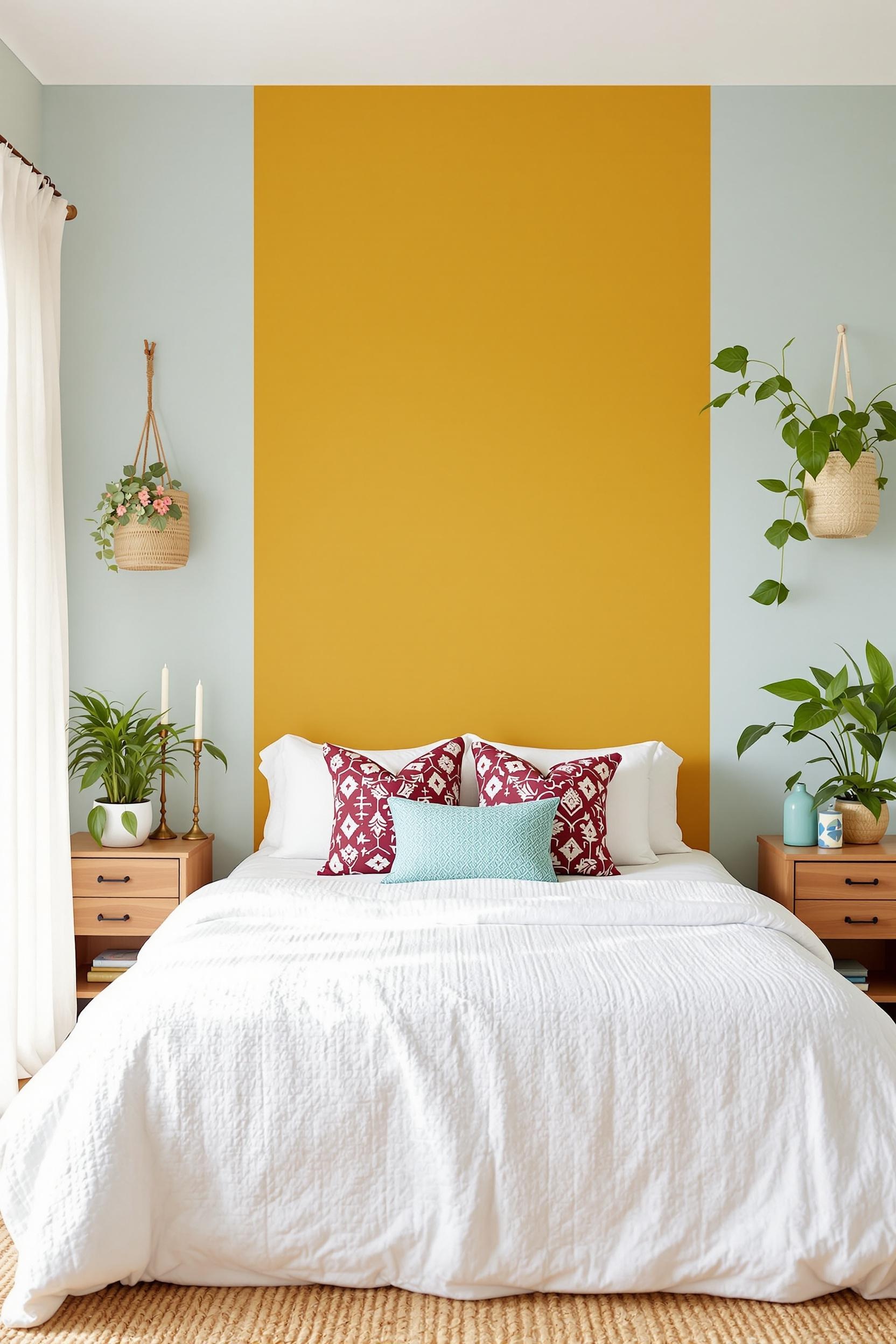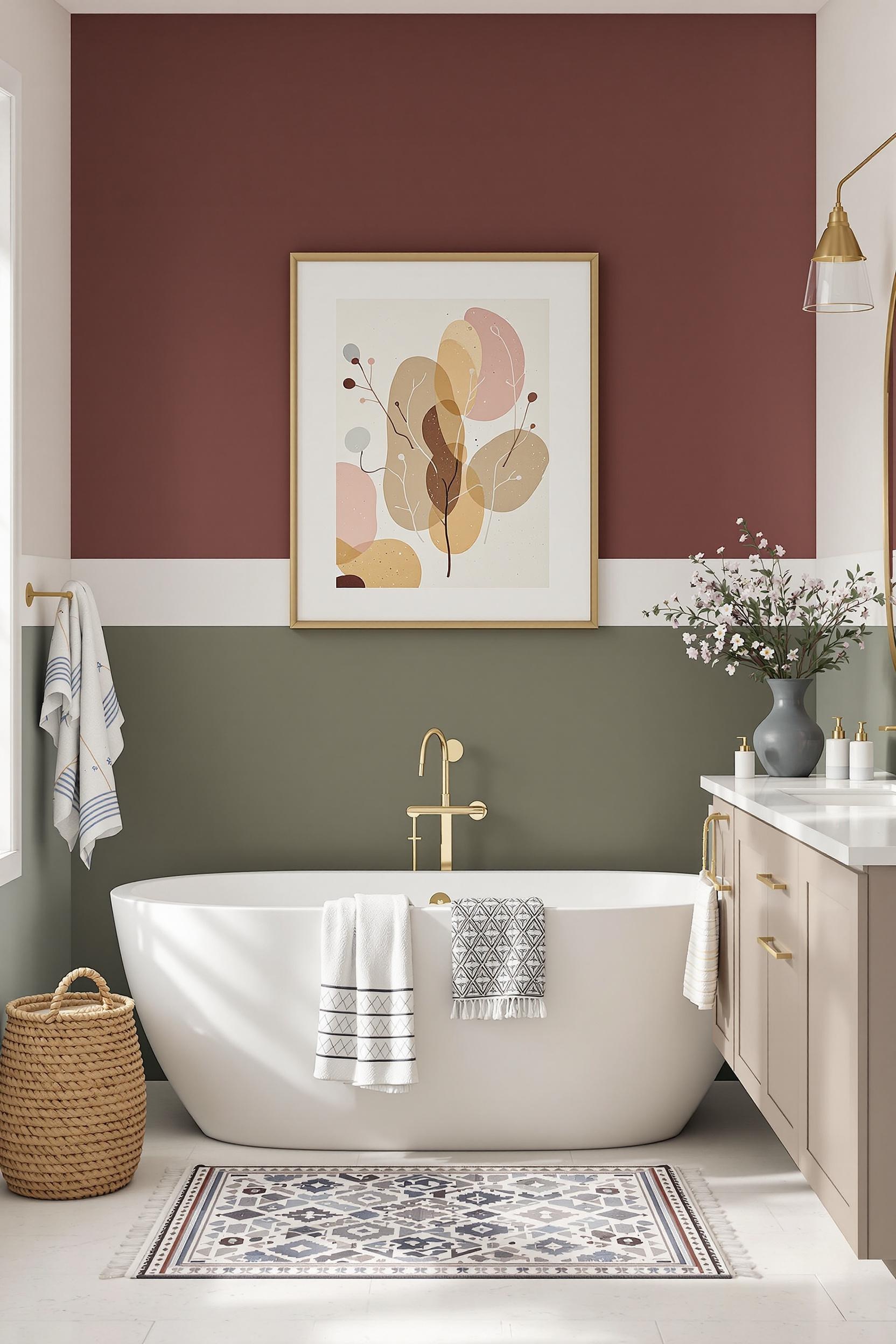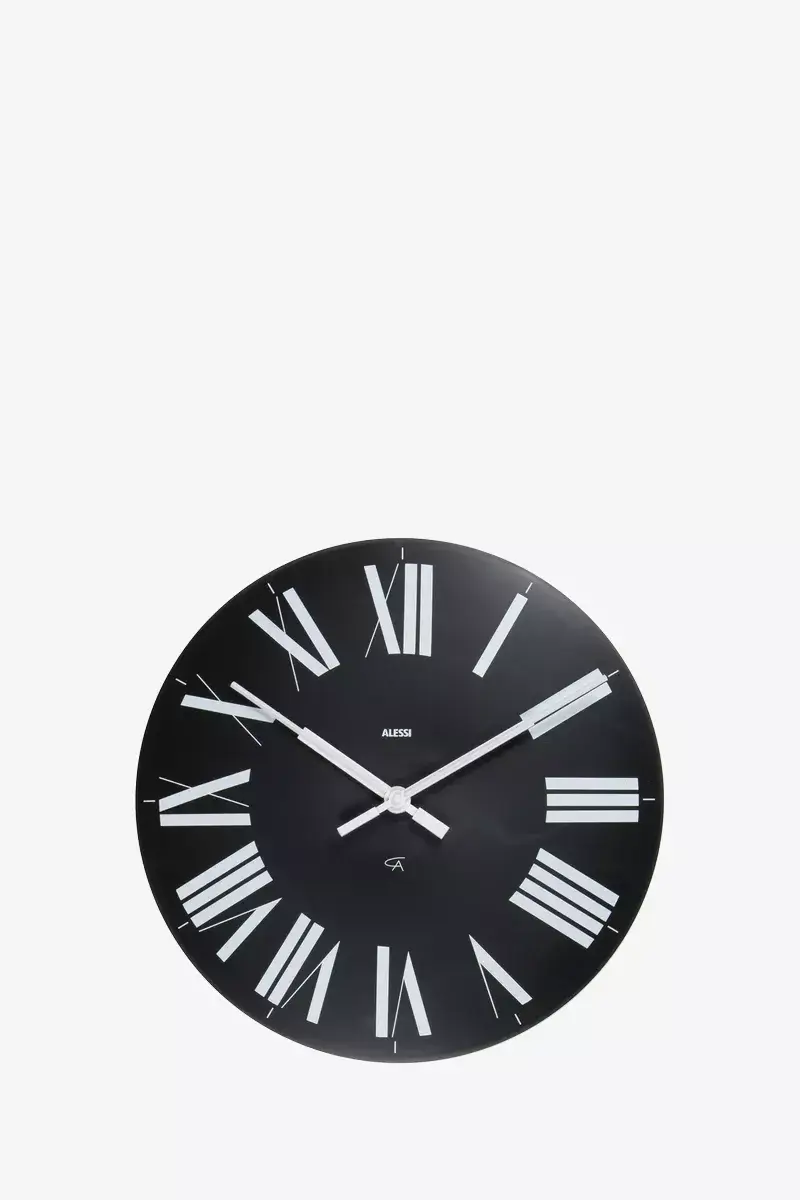
Color Blocking Headboard Wall: Creating a Bold Backdrop Behind the Bed with Color Blocks
Have you ever stepped into a bedroom and been instantly struck by the boldness of its design? It’s likely the magic of a color block headboard wall. As a designer, I’ve seen this modern, minimalist design technique transform even the simplest bedroom spaces. When I first discovered the power of color blocking for minimalists, it opened up a world of creative possibilities — especially for bold headboard wall ideas.
Using large blocks of color behind the bed not only defines the space but anchors the entire room. This approach works wonders for both small and large bedrooms. And when you balance stunning color combinations with minimalist color block bedroom principles, you create more than a feature wall — you build energy into your retreat.
Geometric Headboard Wall Design: Shape-Driven Statements
Rather than simply painting rectangles, I always recommend being intentional with shape. Vertical panels can elongate your walls. Diagonal shapes bring movement. Triangles and semi-circles add playful contrast. In one of my projects, I extended a color block up and across the ceiling to visually zone the bed area — an excellent trick for cases where the headboard wall doubles as a structural centerpiece.
In fact, in Transform Walls with Bold Design, I shared how geometric color blocking behind the bed doesn’t just serve a visual function. With the right layout, it influences perceived proportions and room flow. Asymmetrical color blocks create unexpected symmetry, pulling the eye toward your bed like a modern art installation.
Color Psychology: The Mood Behind the Hues
Choosing the right colors can feel overwhelming, but it’s where the transformation really begins. I always return to the principles of color psychology. Want calm? Go with deep blues or forest greens. Need energy in the morning? Add a pop of sunshine yellow or ruby red. Jewel tones inspire luxury, while neutrals like soft gray and beige act as the perfect supporting backgrounds for those bold blocks.
One of my favorite combinations is blush pink with navy, creating a contrast that feels tender and strong. In Neutral Meets Bold Design, I broke down some of these powerful color combos and how they emotionally impact your space without overwhelming minimalism.
DIY Color Block Headboard Wall Techniques
Creating a DIY color block bedroom wall is simpler than you think. Here’s how I approach it:
- Start with a sketch. Map out your colors and shapes.
- Use painter’s tape and a laser level to mark clean lines.
- Choose matte or semi-gloss paint for depth and dimension.
- Block off the area with drop cloths and tape.
- Paint one color at a time, letting each block dry fully before moving on.
And yes, remember to trust your instincts. In Color Blocking with Minimalist Design, I recommend extending color blocks partially onto ceiling or side walls to give the wall added presence. Minimal doesn’t mean boring — it means curated.
Material & Finish Ideas for Modern Color Blocking Wall Techniques
A solid paint job is impactful, but finishes take it to the next level. I often incorporate Venetian plaster, high sheen gold detailing, or soft chalkboard finishes to add unexpected texture. For a truly modern color block wall, pair matte and metallic finishes within geometric shapes. For example, a matte emerald square framed with a thin gold stripe punches up the sophistication in white bedroom spaces.
Inspired by Transform Walls with Bold Design, these techniques help achieve rich contrast in material feel — not just color.
Color Block Headboard Ideas for Small Spaces
If you live in a smaller home or apartment, don’t worry! Color blocking small spaces is one of my favorite challenges. The vertical lines of color blocks can visually heighten ceilings and define zones, especially in studio setups. Even subtle touches behind the bed or wrapping around corners elevate the sophistication of minimally-sized bedrooms.
I’ve even used color blocks as a faux headboard in tight guest rooms. Just paint a large rectangle in emerald green or terracotta directly on the wall and place your pillows below it. Voila — you’ve got a headboard that totally changes the room without taking up an inch of extra space.
Build It Bold: Color Block Feature Wall Ideas for Every Style
The boldest headboard wall ideas build upon strong contrasts and innovative shapes. Here are some of the best modern color block feature wall ideas I’ve used or recommended:
- Folded color strips that wrap from the wall to the ceiling
- Two-color horizontal bands for balance and calm
- Offset box patterns with strong angular shapes
- Mid-century paneling illusion using painted molding blocks in dual tones
You can explore shape further with ombre and gradient techniques. They provide a subtle nod to color blocking but with flow between shades.
Paint Blocks Behind Bed: Finishing Like a Pro
Getting a crisp finish depends on preparation. Invest in quality paint and brushes. Use painter’s tape with a firm press to reduce bleeding. If you’re using multiple layers, score over the edge of the tape before removing it for that professional look.
The color block headboard wall tutorial from Transform Your Bedroom covers all the tools and steps I use to DIY these designs. Whether it’s your first project or tenth, your tools matter just as much as the paint colors you pick.
Unlock Your Bedroom’s Design Potential: Color Block Revolution Starts Now
In the world of interior design, color blocking is not just a trend. It’s a personal, bold statement that reshapes how we create space. If you’re ready to try this at home, I’ve created resources and support tools to guide every part of the journey. Start with the Color Blocking for Minimalists guide — it builds a strong foundation in color theory, psychology, and layout planning.
Get Your Free Color Block Design Guide
This downloadable guide offers:
- Custom color palette advice based on room lighting
- Room-specific layout examples
- Paint finish breakdowns to match mood
- DIY tips for clean lines and geometric accuracy
You’ll also gain access to my exclusive design circle, where members share updates and style questions. Together, we build better, bolder rooms.
FAQs: Your Color Block Headboard Wall Questions Answered
1. How Do I Choose the Right Colors?
Start with a light neutral base like white or pale gray, then add 2–3 bold accent tones. Shades like emerald, blush, and navy pair well with most decor. Refer to Neutral Meets Bold Design for color wheel matching tips and meaningful combos.
2. Which Geometric Patterns Work Best?
I love asymmetrical vertical panels and diagonal transitions. Patterns that go up the wall and onto the ceiling can also anchor your bed area. See ideas from Transform Your Bedroom with Color Blocking for more inspiration.
3. Are Color Block Walls Good for Small Bedrooms?
Yes, especially if you use tonal contrasts. Vertical color divisions elongate the space while making it feel more defined. Minimalist design principles keep it clean and open.
4. What Tools Do I Need?
Get painter’s tape, a laser level, drop cloths, and high-quality brushes and rollers. These are essential for sharp edges and clean transitions between blocks. See this post for a full supply checklist.
5. Nervous About Bold Design?
Start with one wall or use softer hues like blush, mist blue, or sage. You can even explore ombre transitions for a subtle take on color blocking.
Sign Up and Stay Inspired
Want more color blocking ideas and the latest modern designs straight to your inbox? Sign up for my newsletter and start transforming your home today.






